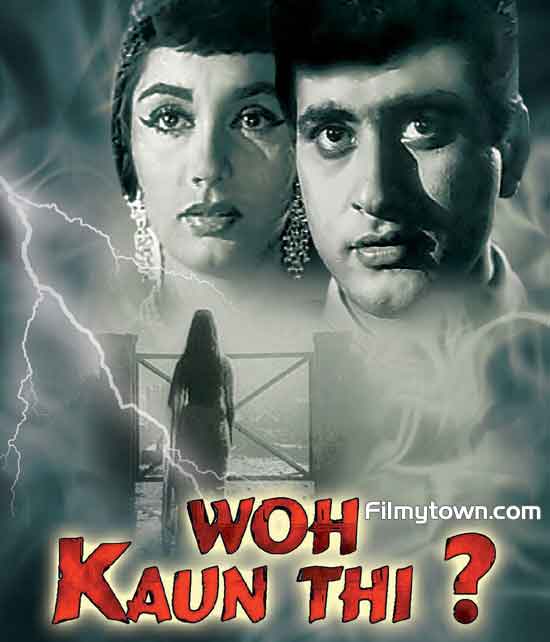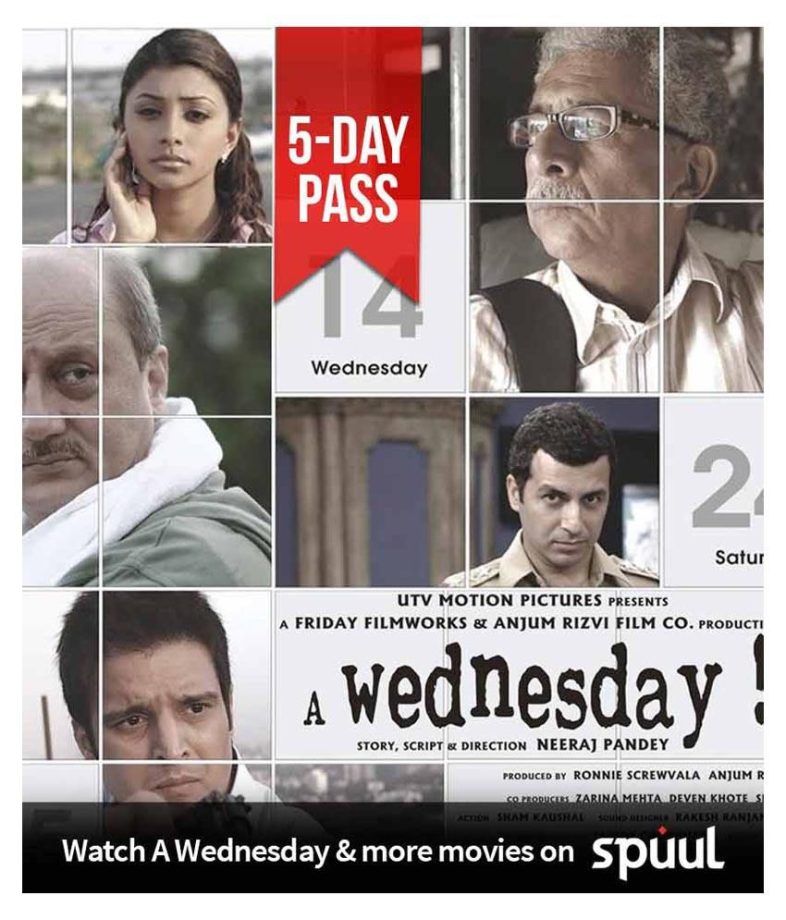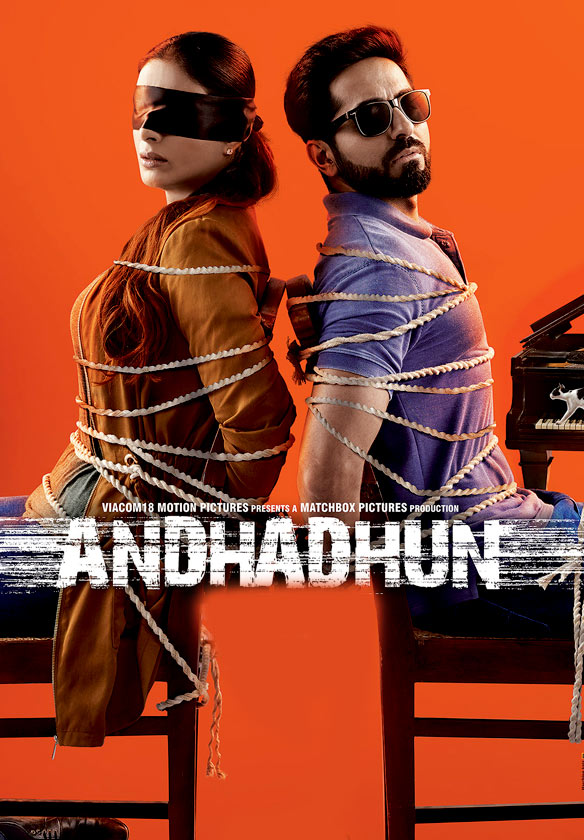Thrillers, the genre that can make our hearts race, our palms sweat, and our minds reel in suspense, have long been a cornerstone of cinematic excellence. They immerse us in a world where danger lurks around every corner and the thrill of uncertainty keeps us on the edge of our seats.
The genre has its roots back in literature, with writers such as Edgar Allan Poe and Arthur Conan Doyle creating suspenseful stories. The transition to film was seamless, with early classics like “The Cabinet of Dr. Caligari” and “Nosferatu” laying the foundation for what would become a beloved film genre.
Thrillers are the symphony of suspense, where directors like Robert Wiene, FW Murnau, Hitchcock and Kubrick are the virtuoso maestros, orchestrating tension, mystery and excitement.
And now, as Indian cinema also embraces this art form, the world of thrillers continues to evolve, promising ever more thrilling experiences to the audience.
…
Making a thriller about India
The world of Indian cinema is vast and diverse, with its roots deeply rooted in melodrama, song and dance. However, Indian filmmakers do not hesitate to introduce the thriller genre, always keeping in mind the unique tastes and sensibilities of the Indian audience.
Indian audiences, accustomed to colorful, emotionally charged narratives, posed an interesting challenge to filmmakers who wanted to venture into the thriller genre. Filmmakers recognized the need to infuse elements of Indian culture, values and storytelling traditions into their thrillers.
…
The influence of Raj Khosla
One of the pioneers of Indian thriller cinema was Raj Khosla. In the 1960s, it spawned films like “Woh Kaun Thi?” and “Mera Saaya”, which incorporated suspense and mystery while maintaining a strong emotional core. Khosla has deftly woven the Indian family bonds and relationships at the heart of his thrillers, ensuring that the audience feels connected to the characters even as the suspense unfolds.
Ramanand Sagar’s ‘Aankhen’
In 1968, Ramanand Sagar presented ‘Aankhen’, a thriller that wove elements of revenge and intrigue with Indian values. The film not only captivated the audience with its suspenseful plot, but also touched on issues of justice and morality, resonating deeply with Indian audiences.
…
Development
Bollywood, the heartland of Indian cinema, has gradually embraced the thriller genre with open arms. Directors like Abbas-Mustan, known for films like “Baazigar” and “Race”, brought a blend of suspense and style that appealed to a new generation of moviegoers. Their films often featured charismatic anti-heroes and complex plots, adding a distinct Bollywood feel to the thriller formula.
Over time, filmmakers have cleverly navigated the waters of suspense, imbuing their narratives with Indian values, emotions and social concerns. This blending of classic thriller elements with India’s rich cultural fabric not only entertained but also engaged the audience on a deep level. As Indian cinema continues to evolve, the thriller genre will undoubtedly remain a captivating and integral part of the cinematic landscape, captivating audiences while keeping them grounded in stories that are uniquely Indian.
…
A recall
Picture this: You’re snuggled into a plush theater seat, glass of fine wine in hand, the atmosphere tinged with an air of anticipation and the screen ablaze with narrative finesse. It is against this backdrop that we discuss some of the key examples of cinematic thrills:
“Gupt” (1997): A mixture of intrigue and enigma. This film unfolds like a carefully orchestrated symphony, each note echoing the mystery surrounding it. Bobby Deol’s performance, akin to a masterstroke, keeps the audience engrossed in speculation.
“100 Days” (1991): In a landscape where mysticism intertwines with reality, Madhuri Dixit’s enchanting presence is the pièce de résistance. A psychological maze, this cinematic masterpiece delves into the uncharted territories of the human psyche.
“Wu Kaun What?” (1964): In the golden era of Bollywood, this film carved a niche for itself. The evocative Sadhana clad in an ethereal white saree amid moonlit nights and haunting melodies carves out a psycho.
“A Wednesday” (2008): A stretched narrative where every moment feels like the crescendo of a suspenseful symphony. Naseeruddin Shah, a virtuoso, essays his role with a finesse that is nothing short of exquisite.
“Karthik Calling Karthik” (2010): A foray into the recesses of the human mind, this film is a psychological tour de force. Farhan Akhtar’s performance navigates the labyrinthine depths of the protagonist’s consciousness with finesse.
“Kahaani” (2012): Amid the tapestry of Kolkata’s cultural richness, Vidya Balan’s portrayal stands as a monument of cinematic finesse. A story of relentless search and hidden truths, it captures the essence of an exciting thriller.
“Andhadhun” (2018): A modern marvel, this film is a sensory delight. Ayushmann Khurrana’s performance as a blind pianist entangled in a web of crime and deceit is a performance that resonates with cinematic mastery.
These cinematic gems, like aged wine, have only gotten finer with time. They highlight Bollywood’s ability to entertain and intellectually stimulate its audiences, ensuring that the enigma and allure of these iconic thrillers endure, gracing the annals of cinematic history.

“Typical alcohol specialist. Music evangelist. Total travel scholar. Internet buff. Passionate entrepreneur.”







